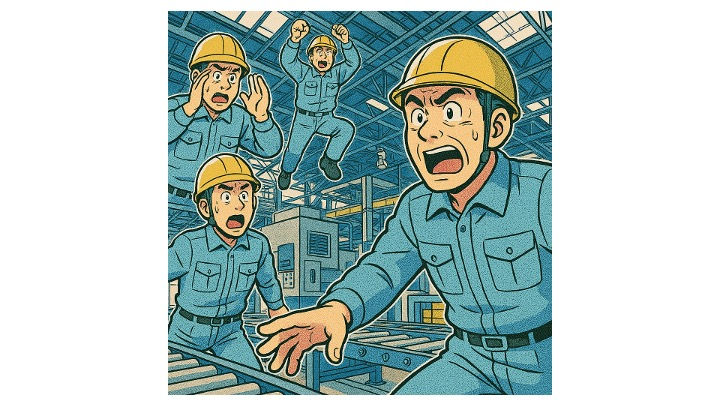Just In Time Production 2️⃣ Supply Curve
- hidet77
- Apr 10, 2023
- 3 min read

Supply curve.
A simple concept of “Market” in economics. As the price goes up, the quantity of supply goes up. As demand changes, the supply should change.
Some people, mainly in operations and manufacturing, claim this “Curve” does not exist. They said it actually looks like “Steps.” The supply is not flexible to the demand.
Some even claim that the bigger the steps, the better. “Batch production,” “High-speed machines,” “Isolated and specialized job shops,” etc.
Toyota Production System challenged that thinking. “One by one production,” “Kaizen (Small incremental continuous improvements,” “Flexible manpower line,” etc. The whole idea is to supply flexible to the demand changes.
Just In Time Production is not about reducing inventories. It about making the supply to be flexible against demand change. And reducing the inventory without changing the characteristics of the supply is very dangerous.
I was sitting in an “operations management” class long ago. As I sat and paid the closest attention, the professor started writing the steps graph.
“This is what actual supply looks like.”
He was trying to explain that the operations might be unable to supply because the price increased since it had already reached its capacity. Capacity is a fixed value, and increasing it requires investment. The shape he drew looked like steps. We need to add some inputs, such as a machine or a factory, to gain more capacity. Drawing these “Steps” on the traditional economics graph is difficult since the price is unimportant. An input, such as a machine, adds the capacity, not the price.
This inflexibility of the supply-to-demand changes in the market is something we must acknowledge. It exists. It is a truth.
The Toyota Production system doesn’t necessarily ignore such characteristics of the supply. They never said, “TPS prohibits the use of any technology that can’t accomplish one-by-one continuous flow production.” If they said that, TPS should disappear from the world. If they said that, they don’t need to discuss the importance of improving changeover. They don’t need to develop the “Single minutes exchange of dies.” They don’t need to develop “Signal Kanban” to trigger the production of the next batch. TPS is not just theory. It is realistic.
The Just In Time production is about changing the supply to be as flexible as possible toward the demand. It is about changing the characteristics of the supply towards the “Curve,” not the “Steps.” To accomplish such change, one-by-one production is significantly better. Kaizen is required to increase capacity. Labor needs to become multi-skilled to rebalance the workload according to the pace of the demand (Takt time).
And, Just In Time production is a continuous effort towards that ideal.
The biggest challenge of this thinking is that there are still many beliefs that the opposite is better.
“Batch production”; I was reading a cost accounting textbook in Japanese, and part of that book explained that “increasing the batch size is an efficient method of reducing cost.”
“High-speed machines”; An engineer proposes purchasing a new machine significantly faster than the current. When we started investigating the set-up time, the engineer (and the salesman) confessed that the time would double or even worse. “All you have to do is make the batch size bigger.” This was their final comment.
“Single skilled operator”; Many believe labor should specialize in one skill to become efficient.
The truth is that such “Flexibility” to the changes in the market gets hardly any attention.
And this “Flexibility” might come from completely opposite thinking.
A factory was panicking with the introduction of a new product. Since this product uses different materials, it requires additional changeover to wash the machine.
“Use that old machine sitting idle over there for this new product.” Said, my coach.
“Sir, that machine is old.” “Great, it already depreciated, right?”
“Sir, but it gonna require labor.” “We just talked about how much we can Kaizen current process. The machine is slower, so we can allocate one freed operator there. Train the operator to be multi-skilled, and he can cover the entire process”
“Didn’t TPS say the mix-model line?” “You guys are adding a model that requires such a big changeover. You changed the precondition of the mix-model.”
This old machine became the cushion for demand changes. “I’m getting addicted to small old machines.” Said the plant manager a year later. “I would rather have multiple of those than the large high-speed ones, so I’m flexible to the market changes.”
Many rushes to inventory reduction without working on the flexibility of the supply. This is simply wrong. It is actually suicide. And many think that flexibility only comes by adding cost. The true challenge of Just In Time production is how to accomplish flexibility in a cost-effective method.



Comments